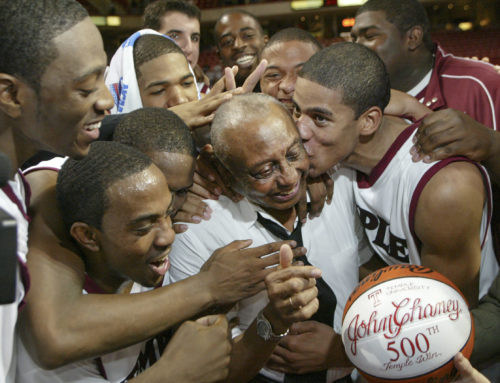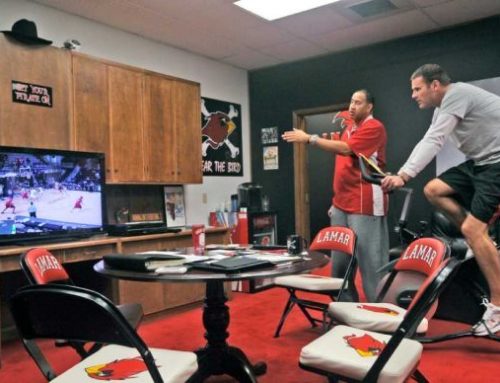If you are a coach, you definitely know how difficult it can be to identify the most important factors of the game you just played. Moreover, the data doesn’t necessarily need to match your opinion of the game and it leads to a lot of confusion. Don’t panic! There are certain analytical approaches that you can fall back to in order to have an accurate presentation of the game story. We will take a look at which one’s will give you a clear picture of your team’s performance.
The first thing you should consider when reading a game story is efficiency. Teams that produce at an efficient rate on both sides of the floor rarely lose. While shooting percentage is something coaches often focus on, other efficiency stats give a clearer picture of what happened on the floor. You can examine points per possession to analyze how your team played on offense, while the same approach towards the opposing team can tell you a lot about your team’s defensive performance. With shooting becoming more and more important in modern basketball, advanced statistics such as true shooting percentage or effective field goal percentage can also give the coach information about the team’s offensive game. More efficiency means more success!
Even as important as efficiency is, it doesn’t provide a full game story. One aspect of the game that has huge importance to the narrative of the game is rebounding. Although rebounding can be easily examined through the eye test, it is sometimes difficult to comprehend the rebounding advantage during the game. Teams with a rebounding mentality tend to have more success on both sides of the floor. High rate of defensive rebounding usually indicates a good defensive team, as the players get a stop only when they box out and secure the boards. High rate of offensive rebounding means that the team is constantly crashing the boards, giving them more opportunities to score. Usually the team with more rebounds has more possessions, which is a huge indicator of success in a game.
Because the number of possessions is so important, coaches need to keep an eye on another factor- turnovers. Not only does the team have an empty possession when they turn the ball over, but the opponent has another chance to score too. Moreover, if it is a “live turnover” (a turnover after which the ball is still in play), the other team has an opportunity to score easy points in transition. The team needs to shoot really efficiently if they want to win with more turnovers than their opponent. High paced offences that tend to turn the ball over more have to compensate for lost possessions by shooting threes. Usually, the turnover battle determines the winner as it is likely that more possessions mean more points.
When coaches read the game story, they shouldn’t only focus on one particular thing. Combination of these three factors usually determines the winner of a basketball game. A team can win the rebounding battle but commit a lot more turnovers than the opponent and lose the game and vice versa. A lot can be learned from the numbers of players as well. Individual plus-minus is never a good way to determine whether or not a single player played good, but it is a good indicator of when the opposing team had runs and what adjustments can be put in place in order to avoid that. Shot charts are another way of exploring the opponents defensive tendencies by seeing from where they want to allow shots. Ultimately, all of these serve as a major factor in describing the basketball game. By examining them, coaches can see what the team did good/bad in a particular game and organize practices according to what they find. Reading game stories properly leads to a well prepared team.





